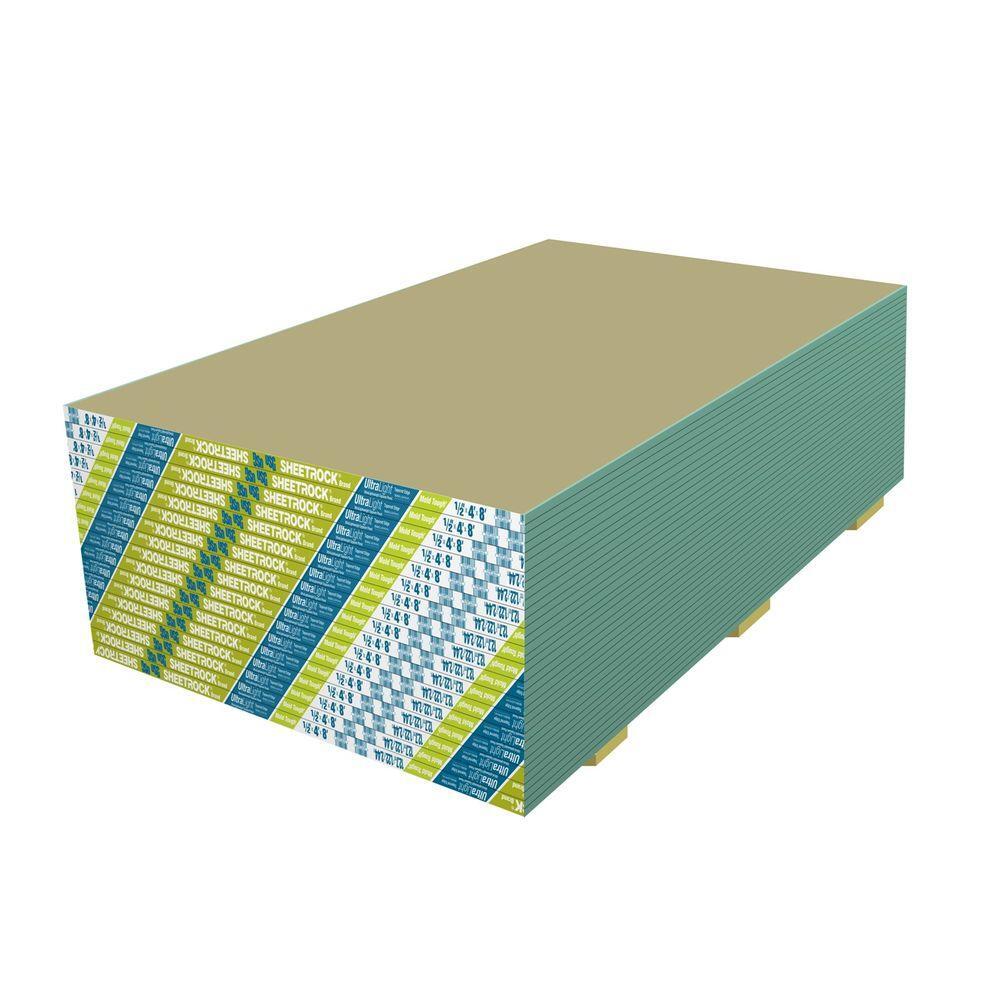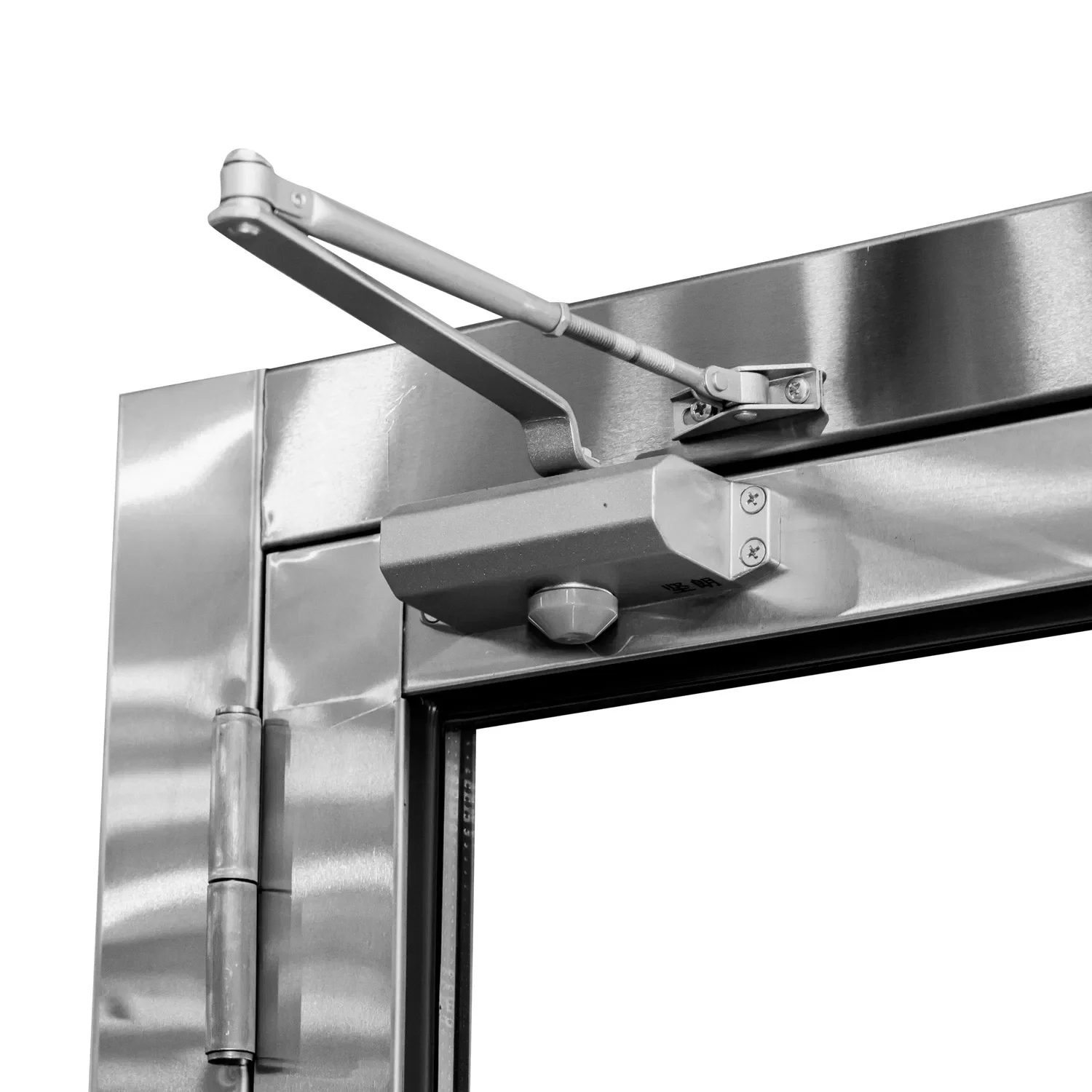The Impact of Water on Drywall: Debunking Myths and Unveiling the Truth

Drywall, a widely used building material, is known for its durability and versatility. However, concerns about its vulnerability to water damage have sparked debates among homeowners, contractors, and DIY enthusiasts. In this comprehensive blog post, we will delve into the question: Does water weaken drywall? By exploring the effects of water on drywall, debunking common myths, and providing practical tips for prevention and repair, we aim to equip you with the knowledge needed to maintain the integrity of your drywall.
- Understanding Drywall Composition:
To comprehend the impact of water on drywall, it is crucial to grasp its composition. Drywall consists of gypsum, a mineral that is sandwiched between two layers of paper. This unique composition gives drywall its strength and fire-resistant properties. However, it also renders it susceptible to water damage under certain conditions. - The Effects of Water on Drywall:
Contrary to popular belief, water does weaken drywall. When exposed to excessive moisture, drywall undergoes a series of detrimental processes that compromise its structural integrity. These effects include:
a) Swelling and Disintegration: Water causes the gypsum core to absorb moisture, leading to swelling and eventual disintegration of the material. This results in sagging, cracking, and crumbling of the drywall.
b) Mold and Mildew Growth: Moisture provides an ideal breeding ground for mold and mildew. These fungal infestations not only compromise the aesthetics of your walls but also pose health risks to occupants.
c) Weakening of Paper Layers: The paper covering on drywall acts as a protective barrier. However, prolonged exposure to water weakens the paper, making it susceptible to tearing and further damage.
- Debunking Common Myths:
There are several misconceptions surrounding the impact of water on drywall. Let's debunk some of these myths:
a) Myth 1: Drywall can fully recover from water damage.
Reality: Once drywall is significantly weakened by water, it cannot fully regain its original strength. Prompt action is crucial to minimize damage and prevent further deterioration.
b) Myth 2: Water damage is only visible on the surface.
Reality: Water damage often extends beyond what is visible to the naked eye. It can seep into the wall cavity, compromising the structural integrity and potentially leading to hidden issues such as rot and mold growth.
c) Myth 3: Water-resistant paint provides sufficient protection.
Reality: While water-resistant paint can offer temporary protection against minor water exposure, it is not a foolproof solution. It is essential to address the root cause of water intrusion and ensure proper drying and repair.
- Prevention and Repair:
To safeguard your drywall from water damage, consider the following preventive measures:
a) Proper Installation: Ensure that drywall is installed correctly, with appropriate sealing and joint treatment to minimize water infiltration.
b) Moisture Control: Maintain proper ventilation and humidity levels within your home to prevent excessive moisture accumulation.
c) Prompt Repairs: Address any signs of water damage immediately to prevent further deterioration. This includes fixing leaks, drying affected areas, and replacing damaged drywall if necessary.
Conclusion:
Water does weaken drywall, and understanding the effects of water on this essential building material is crucial for homeowners and professionals alike. By dispelling common myths and providing practical tips for prevention and repair, we hope to empower you to protect your drywall from water damage. Remember, timely action and regular maintenance are key to preserving the integrity and longevity of your drywall.


